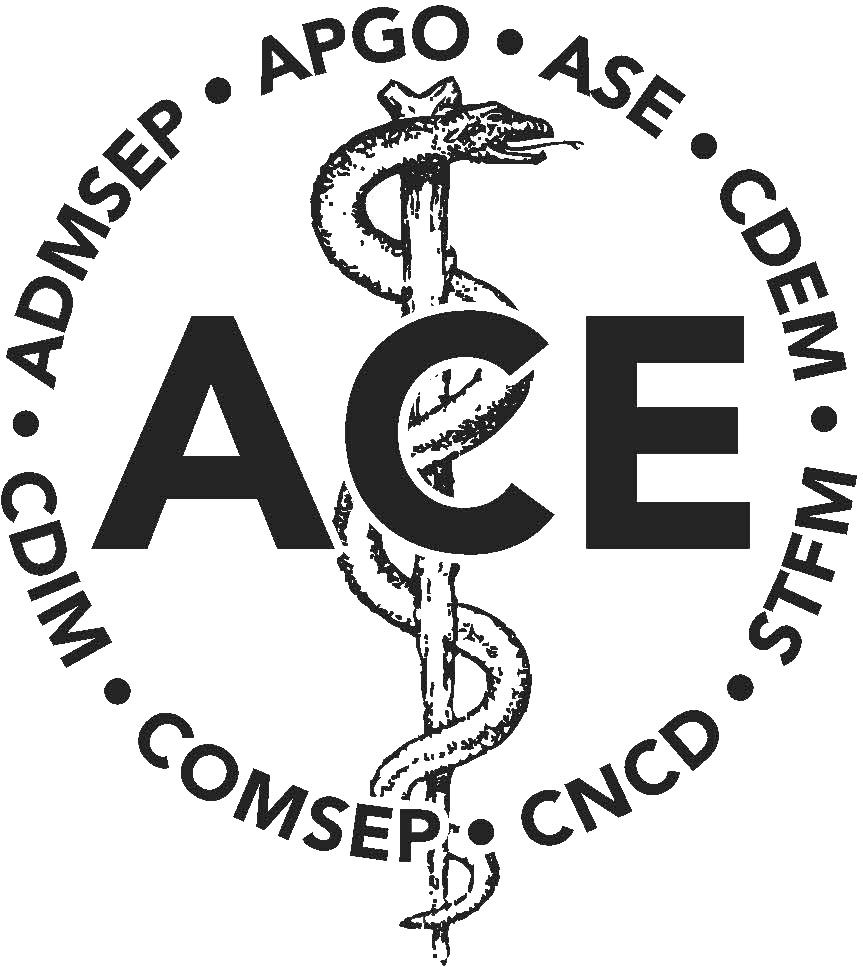Faculty today often feel like they’re walking a tightrope when it comes to giving feedback to medical students. On one hand, students consistently express a desire for more feedback. On the other, their responses (especially to constructive or feedback they deem to be more a criticism) can leave educators feeling demoralized, cautious, or even labeled as “toxic.” This tension often drives educators into what Kim Scott calls “Ruinous Empathy”, where feedback is diluted with niceties, lacking the clarity necessary for growth (1,2).
Giving meaningful feedback is an emotional labor. It demands vulnerability, courage, and a strong sense of responsibility. Faculty don’t want to be the villain in a student’s narrative, especially in an era where student well-being is prioritized—rightly so—but sometimes conflated with emotional protection from professional critique, and where “negative” feedback, if it finds itself into the student’s narrative record, can reduce opportunities to match for a residency. Yet Scott reminds us that honest feedback doesn’t have to be cruel. In fact, the hallmark of “Radical Candor” is the ability to “…challenge directly while caring personally” (1).
Consider the now-famous anecdote of Sheryl Sandberg giving feedback to Scott after a successful presentation. After offering praise, Sandberg added, “But you said *um* a lot… it makes you sound stupid.” It was blunt—but it came from a place of trust and investment in Scott’s growth (2,3). The lesson is that radical candor is not about brutal honesty. It’s about building relationships where truth and compassion coexist.
In medical education, we often talk a lot about the importance of feedback. But what’s missing is what has been referred to as feedback literacy, for faculty AND for learners. Students must be taught how to interpret, process, and apply feedback without collapsing into shame or defensiveness, and to expect it as a significant component towards their professional growth. As Indiana Lee (4) argues, empathy in the workplace isn’t about avoiding discomfort—it’s about engaging with it productively. Emotional responses like frustration and hurt are human. But if students are conditioned to view all constructive feedback as a threat, they will lose invaluable opportunities for learning and increased self-awareness.
Faculty, too, need support in learning how to navigate these moments. Avoiding critical conversations under the guise of being “nice” is not kindness (1,5). Ruinous Empathy not only undermines student development but ultimately erodes trust. As one study cited by Scott noted, mentors and advisors who challenged their mentees while showing care built stronger, more effective relationships, whether in finance, teaching, or leadership (5,6).
Psychological safety must be the foundation of educational environments (7). That means faculty must both validate student emotions and hold up a mirror to them. Feedback, as Scott reminds us, is simply information. It’s what we do with it that counts (1). By modeling care and candor ourselves, we can foster a culture where feedback is welcomed as a gift rather than feared as judgment. On the student side, the school must establish and foster the perception of psychological safety by the students and create the environment in which the student learn to expect frank feedback and are given tools to accept it as it is offered.
Are students ready to receive honest feedback? Not always. But can they learn to be? Absolutely! The school needs to own preparation of the student to receive and synthesize feedback. Individual faculty need to prepare the student for how they communicate feedback.
And are we, as educators, ready to stop using ruinous empathy as a shield? Because while it may feel like kindness in the moment, avoiding honest feedback ultimately does more harm than good.
Let’s stop confusing kindness with comfort. Real kindness is helping someone grow—even when it’s uncomfortable in the moment. In fact, there’s good evidence that discomfort is a path to growth (8).
- What do you readers think? How can we address the following questions?
How might you create a no-nonsense zone in your teaching or clinical environment—where truth is welcomed and compassion is assumed? - When was the last time you withheld feedback out of fear? What might have changed if you had used Radical Candor instead?
- What would it look like to teach students explicitly how to receive feedback as a professional skill?
References
- Scott K. Video Tip: What is Radical Candor? Learn the Basic Principles In 6 Minutes. Available at https://www.radicalcandor.com/blog/what-is-radical-candor/. Accessed on April 18, 2025.
- Steiner W. Radical Candor: The Importance of Guidance vs Feedback. 2017. Available at https://executivecoachingconcepts.com/radical-candor/. Accessed on April 18, 2025.
- Raso R. Using Radical Candor. Nursing Mgmt 2018; 49(12):5.
- Lee I. What Is Empathy In the Workplace? (Not to Be Confused with Ruinous Empathy). 2023. Available at https://www.radicalcandor.com/blog/empathy-in-the-workplace/. Accessed April 18, 2025.
- Scott K. Ruinous Empathy Can Wreck Client Relationships. 2021. Available at https://www.radicalcandor.com/blog/ruinous-empathy-client-relationships/. Accessed on April 18, 2025.
- Scott K. What is Ruinous Empathy? Available at https://www.radicalcandor.com/faq/what-is-ruinous-empathy/. Accessed on April 18, 2025.
- Johnson CE, Keating JL, Molloy EK. Psychological safety in feedback: What does it look like and how can educators work with learners to foster it? Med Educ. 2020 Jun;54(6):559-570.
- Wilson B. Discomfort: A Pathway to Growth. 2023. Available at https://www.psychologytoday.com/us/blog/explorations-in-positive-psychology/202307/discomfort-a-pathway-to-growth. Accessed on April 18, 2025.
Author: Gary L. Beck Dallaghan, Ph.D.; Alliance for Clinical Education
